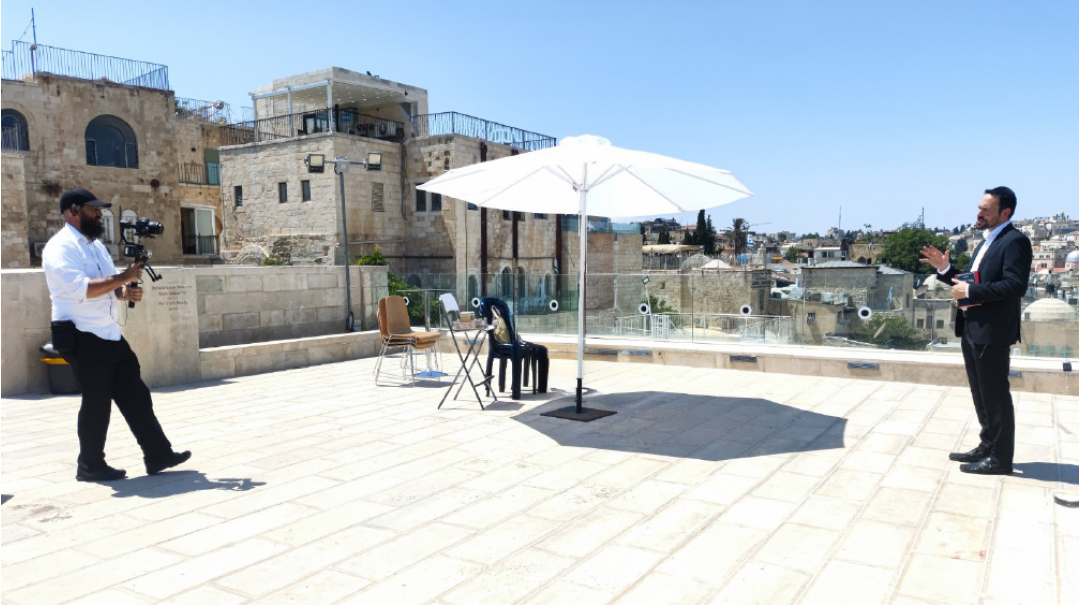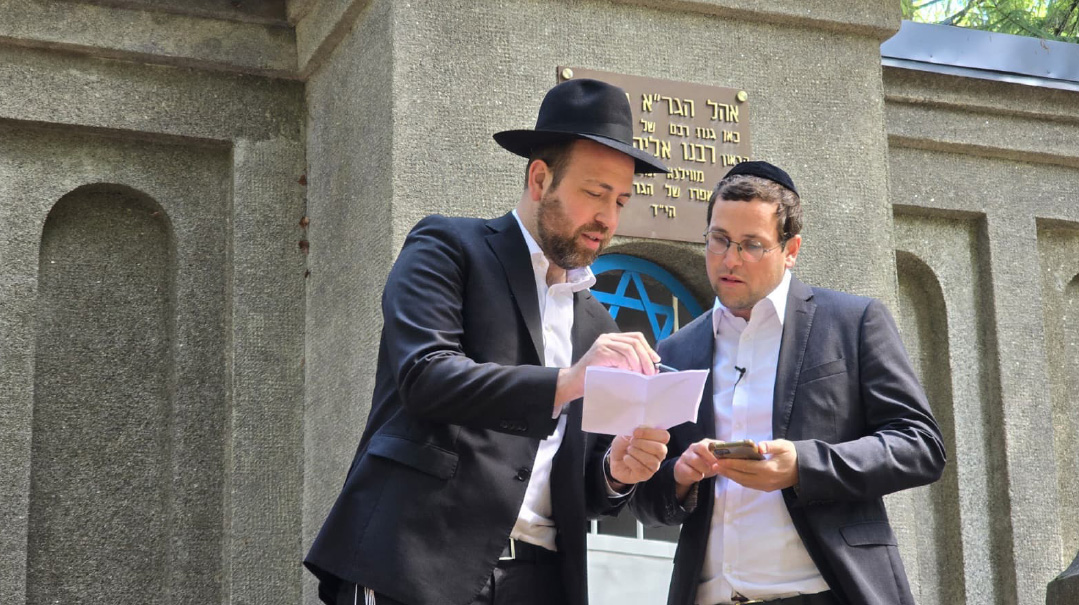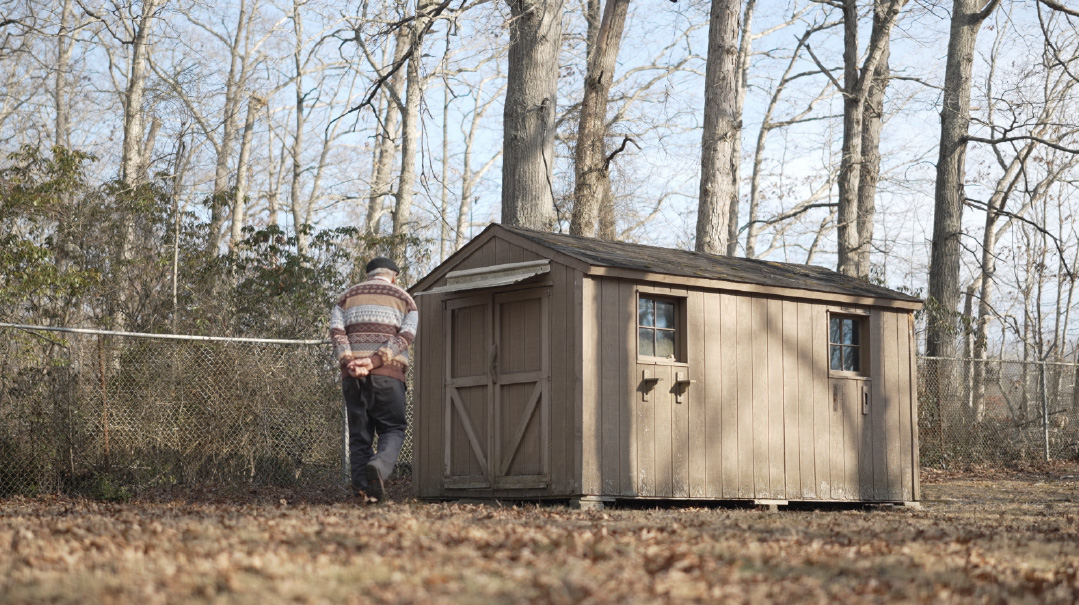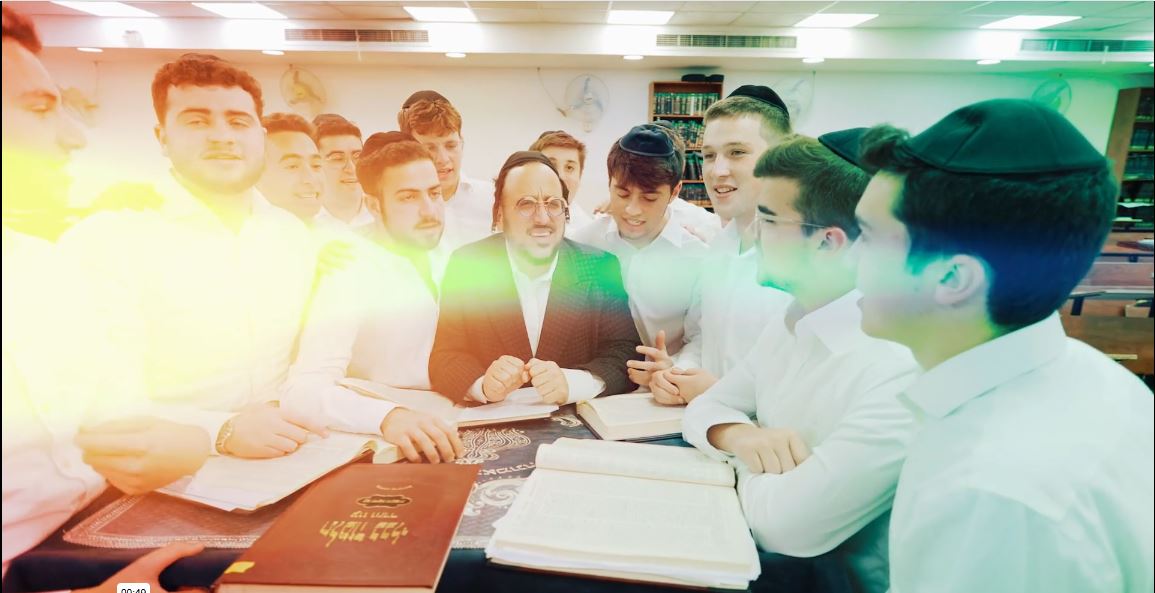Client: Project Inspire
| August 6, 2024“The interviews should show how, in these trying times, we realize that our differences are not really important”

Client: Project Inspire
Objective: Full-length Feature
Film locations: Locations throughout Eretz Yisrael
Project Deadline: Tishah B’Av 5784
The Proposal
Rabbi Yossi Friedman, executive director at Project Inspire, reached out to us in May to discuss their annual Tishah B’Av video (this is our third time doing it for them).
“I think it has to be about the war in Eretz Yisrael,” he told us. “It’s all-consuming, it’s all anyone can think about, really — and there are a lot of powerful angles we can highlight for an inspirational video.”
A full-length feature can run close to an hour, or 15 times as long as the average four-minute video we produce. It’s a mammoth undertaking, and we spoke several times about our plan. Yossi wanted to feature three stories of people personally affected by the war: two families of hostages and one injured soldier.
“It can’t just be a tearjerker,” he warned. “Our goal with this video is always to inspire change and growth, so the interviews should show how, in these trying times, we realize that our differences are not really important.”
That became one of our main objectives while editing the video: to highlight Klal Yisrael’s achdus.
Oops! We could not locate your form.







